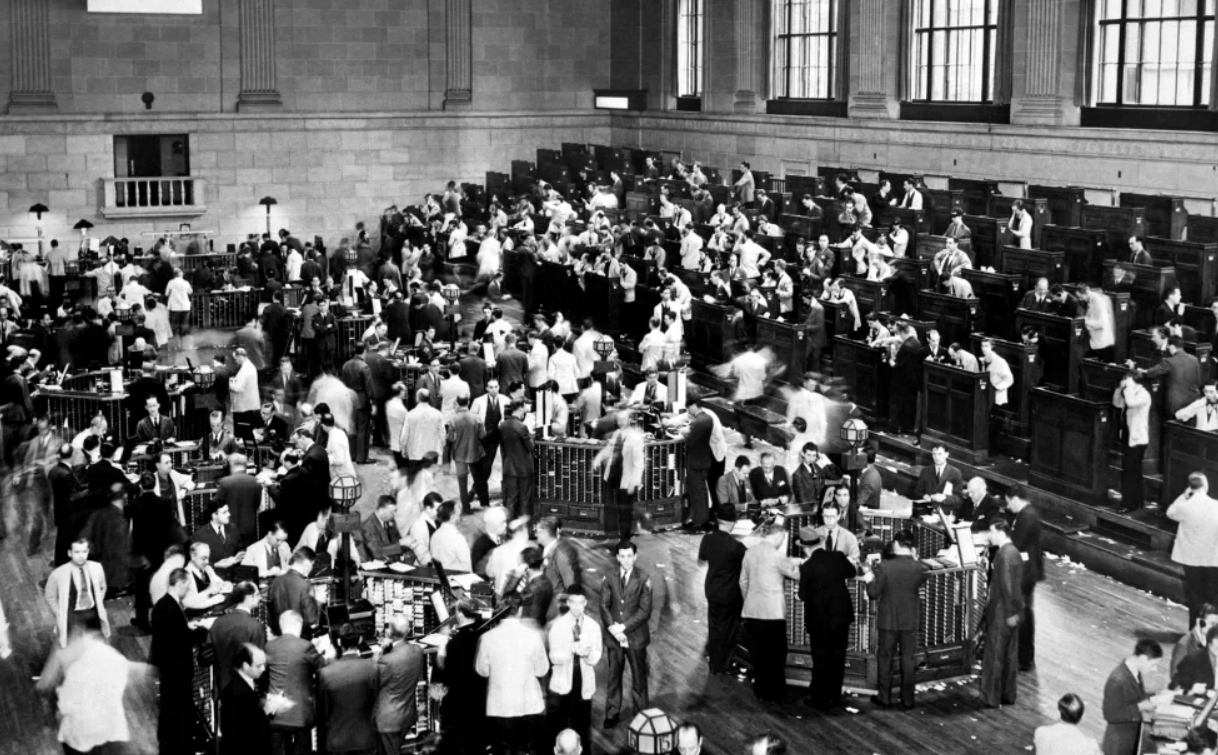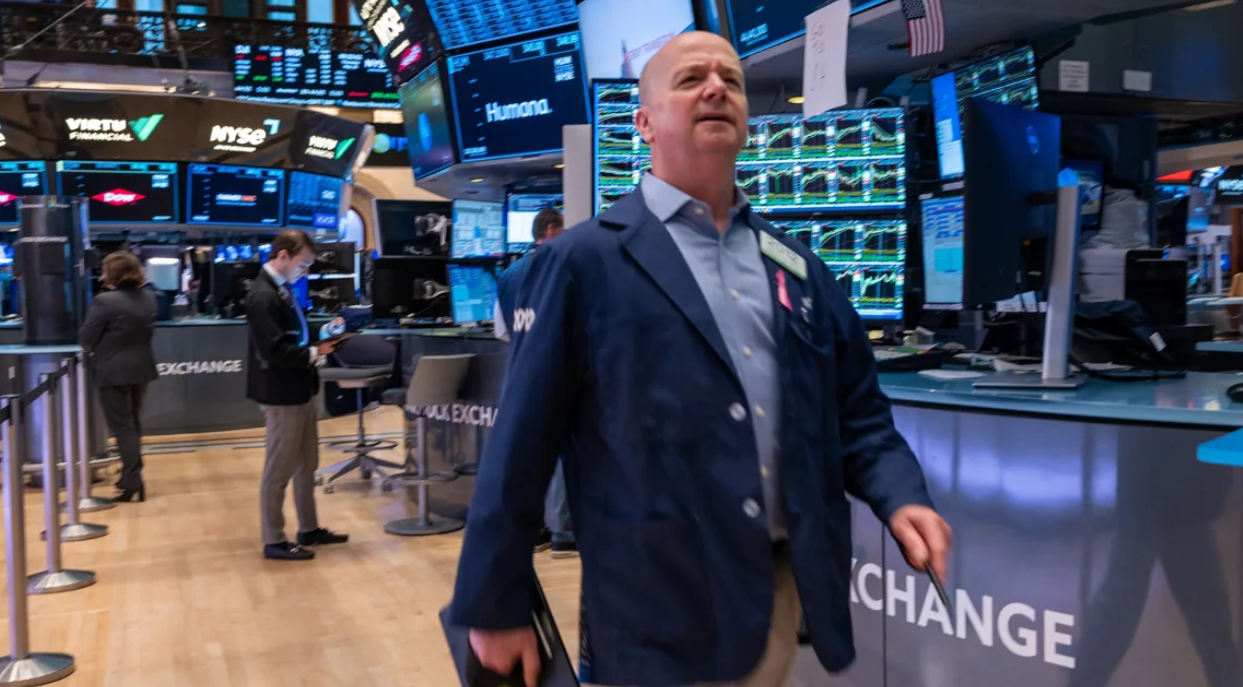Dow crosses 40,000 for the first time The first three months of 2024 witnessed remarkable market momentum. The S&P 500 achieved 22 new records between January 1 and April. This surge was driven by strong corporate earnings, robust economic data, and investor optimism. However, since then, markets have become volatile as investors grew concerned that inflation and interest rates would remain elevated for an extended period, causing uncertainty and cautious trading.
Wednesday’s CPI report altered that perception, providing a glimmer of hope for the markets.
“This was a positive report in the context of three hotter-than-expected CPI reports, suggesting that those instances were perhaps anomalies rather than indicative of a persistently high inflation environment,” Tyler Schipper, economics professor at the University of St. Thomas in Minnesota, told CNN in an interview. The report hinted at a possible peak in inflation, which many investors have been eagerly awaiting.
Crossing 40,000
Crossing the 40,000 level holds limited practical value for investors, but it does capture public attention and, some argue, could help bolster optimistic sentiment beyond Wall Street. This milestone serves as a psychological barrier, providing a sense of achievement and progress in the financial markets.
“The Dow 40,000 milestone also demonstrates the resilience of the US economy, especially amidst numerous recession predictions,” said Art Hogan, chief market strategist at B. Riley Financial, in a recent note to CNN. He added that this mark could help restore faith in the market’s long-term growth potential.
“The overarching significance of crossing these major milestones is that it brings Wall Street news to Main Street, at least temporarily. It also affirms that corporate earnings are growing and that investor confidence remains strong,” he noted. For many, the Dow’s climb reassures them that their investments and retirement funds are on solid ground.
To many Americans, “the Dow” symbolizes the stock market. The index’s limited selection of stocks — including Microsoft, McDonald’s, and Chevron — represents some of the largest companies in the nation and are widely held by both retail and institutional investors. These stocks are often seen as bellwethers for the economy, indicating broader trends in business performance and investor sentiment.
A look back

Dow crosses 40,000 for the first time
Here are some important milestones along the Dow’s journey to 40,000:
Dow is formed: The first daily close on May 26, 1896, was 40.94. The Dow did not have an auspicious start, plunging 30% to an all-time low of 28.48 by August that year. The index was created by Charles Dow, co-founder of Dow Jones & Company, and consisted of 12 industrial companies, including American Cotton Oil and General Electric, reflecting the industrial economy of the time.
Dow 100: The Dow first closed in triple digits in January 1906, marking an impressive rally for the average, which had hit an all-time low during Teddy Roosevelt’s presidency. The Federal Reserve would not be created for another seven years. This period saw significant growth in the American economy, driven by industrial expansion and the rise of new technologies.
Crash of 1929: The Dow fell 38 points on October 28 and another 31 points the next day. While these fluctuations might not seem severe today, they represented back-to-back declines of 13% and 12% of the Dow’s value, still among the worst one-day percentage declines in the index’s history. The crash marked the beginning of the Great Depression, a period of severe economic hardship that lasted through the 1930s.
Dow 1,000: On November 14, 1972, shortly after Richard Nixon’s re-election, the Dow’s components, which had remained unchanged for 13 years, included companies like Woolworth, Eastman Kodak, and International Nickel. This milestone was reached during a time of economic prosperity but was followed by a period of inflation and economic stagnation in the 1970s.
Crash of 1987: On October 19, the Dow plummeted 508 points, a 23% drop that remains the largest one-day percentage decline in history. A week later, it plunged another 8%. However, the damage was short-lived: within a year, the Dow had returned to pre-crash levels. The crash, known as Black Monday, was attributed to a combination of factors, including computer trading and market psychology.
Dow 10,000: On March 29, 1999, during the peak of the tech bubble’s “irrational exuberance,” the Dow gained 1,000 points in less than a year to reach this benchmark. It added another 1,000 points in just the next month. A year later, the dot-com bubble burst, sending the Dow down nearly 30% by September 2001. The tech bubble was characterized by rapid growth in internet-based companies, many of which saw their stock prices soar before collapsing when the bubble burst.
As the Dow crosses 40,000, it marks another chapter in the long history of the stock market, reflecting both the growth and challenges of the U.S. economy. The journey to this milestone has been marked by significant events and periods of volatility, demonstrating the market’s resilience and capacity for recovery.


